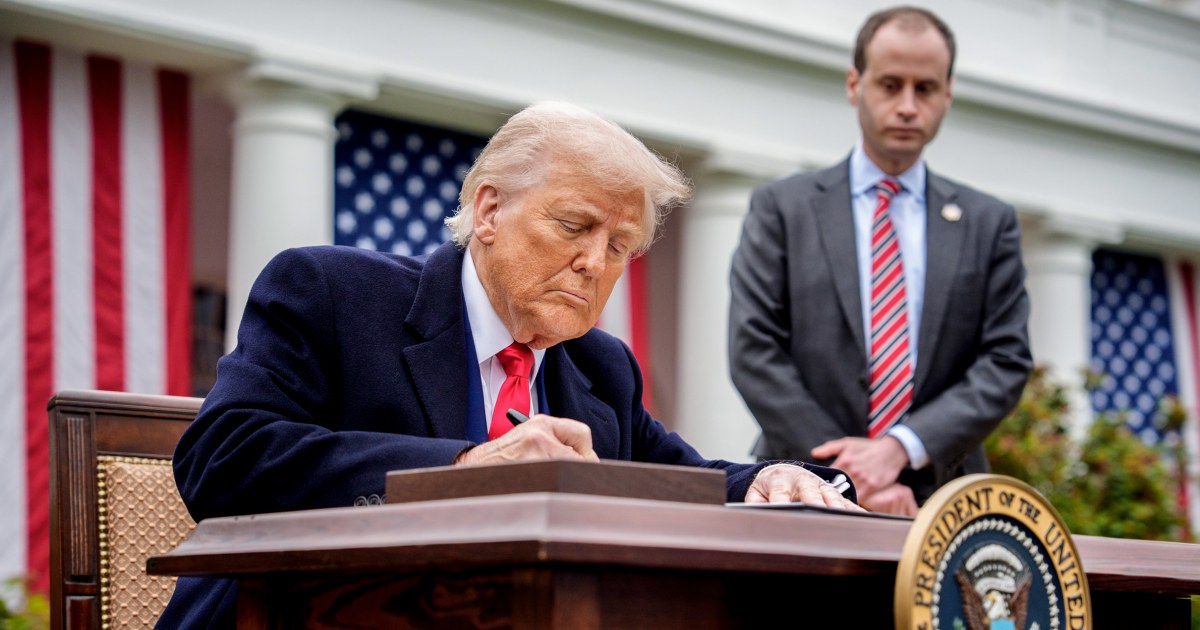Key takeaways:
- President Trump’s aggressive tariffs have led to bipartisan efforts in Congress to limit his tariff powers, with concerns about the economic impact prompting legislative action.
- The Senate, with a Republican majority, voted to overturn Trump’s tariffs on Canada, and lawmakers are considering the Trade Review Act of 2025 to require presidential notification before imposing tariffs.
- Efforts to rescind existing tariffs and restrict new ones are underway, as Trump’s recent tariff announcements have increased urgency, affecting financial markets and highlighting the debate over executive versus legislative trade authority.
In recent developments, President Donald Trump’s implementation of aggressive new tariffs has prompted a significant response from Congress, with both Republican and Democratic lawmakers expressing interest in curbing his tariff powers. This bipartisan concern arises from the potential economic implications of the tariffs, which have sparked debate and legislative action. The challenge for Congress lies in the high threshold required to pass any resolution that could effectively counteract the president’s tariff measures or alter his authority.
The Senate, led by a Republican majority, recently took a notable step by voting to overturn Trump’s tariffs on Canada, marking a rare instance of opposition to the president’s trade policies. This action has encouraged lawmakers in both the Senate and the House of Representatives to consider further measures aimed at limiting the president’s tariff powers. One such proposal is the Trade Review Act of 2025, which would mandate that the president provide Congress with 48 hours’ notice before imposing or increasing tariffs. This legislation is part of a broader effort to establish checks on the executive branch’s trade authority.
In addition to the proposed Trade Review Act, senators are exploring other strategies to rescind existing tariffs imposed by Trump and to restrict his ability to introduce new ones. The president’s recent announcement of a 10% baseline tariff on all U.S. trading partners, along with increased levies on countries with higher taxes on American exports, has heightened the urgency of these legislative efforts. Meanwhile, Democrats in the House are actively seeking ways to initiate a vote to revoke the Canadian tariffs, reaching out to Republicans to build a coalition of support.
The impact of these tariffs has extended beyond the political arena, affecting financial markets as well. Following what President Trump termed “Liberation Day,” investors reacted with caution, reflecting uncertainty about the future direction of U.S. trade policy. As Congress navigates this complex issue, lawmakers remain divided on the best course of action, underscoring the ongoing debate over the balance of power between the executive and legislative branches in shaping trade policy.



Be First to Comment